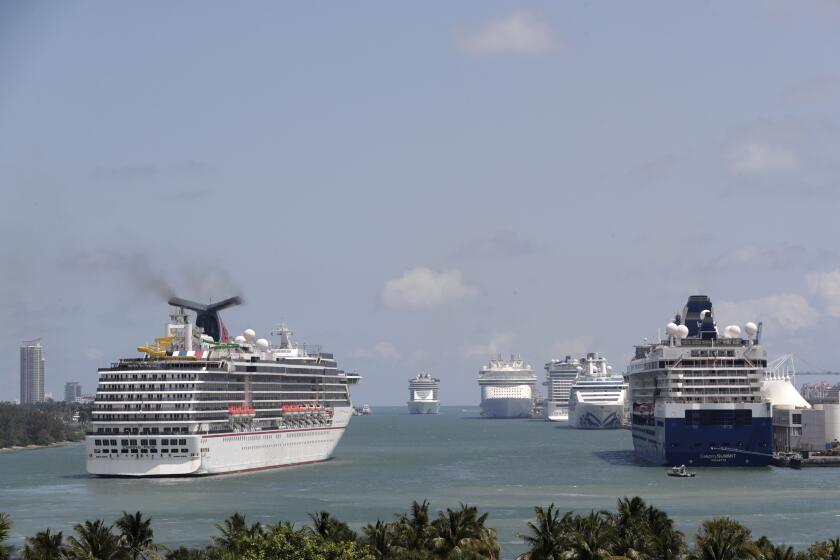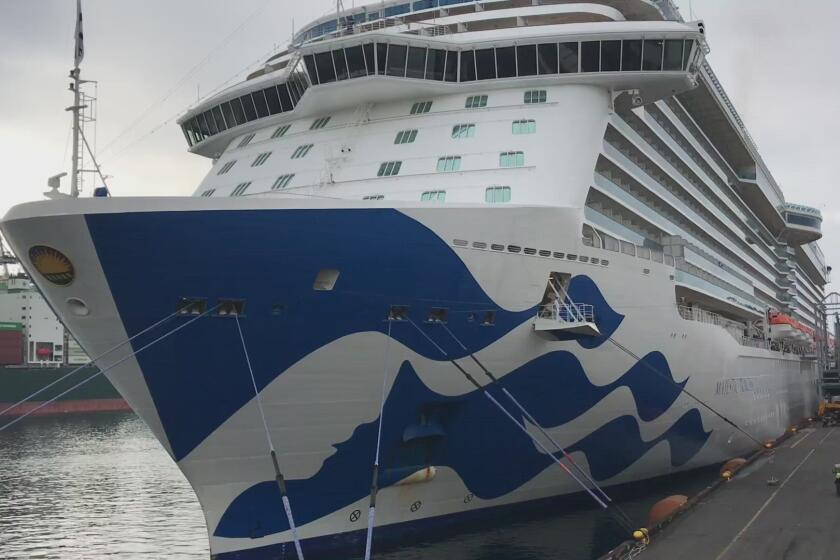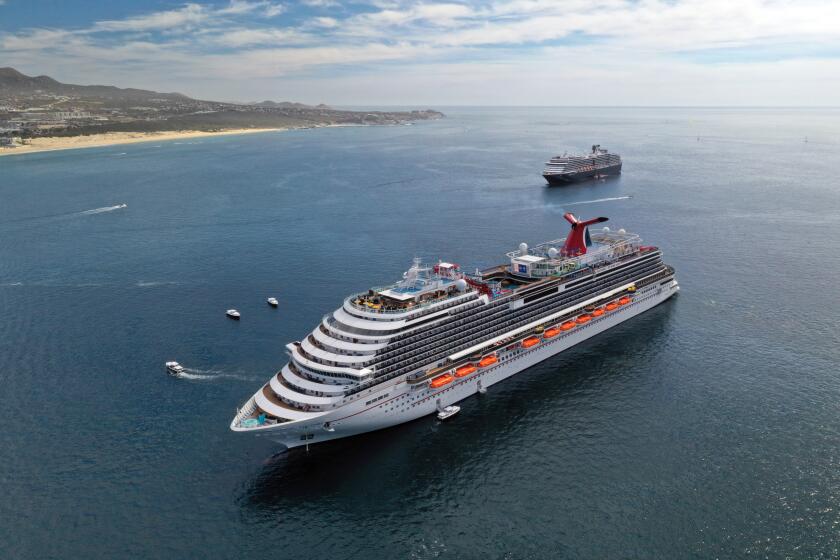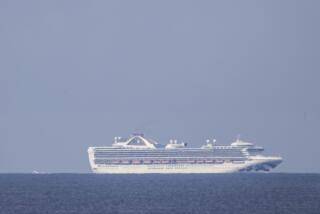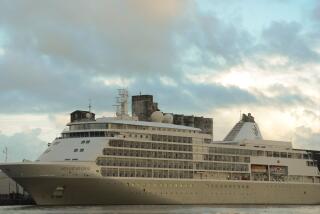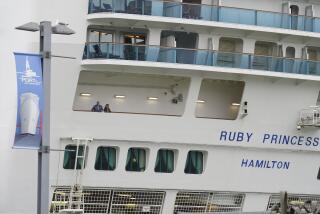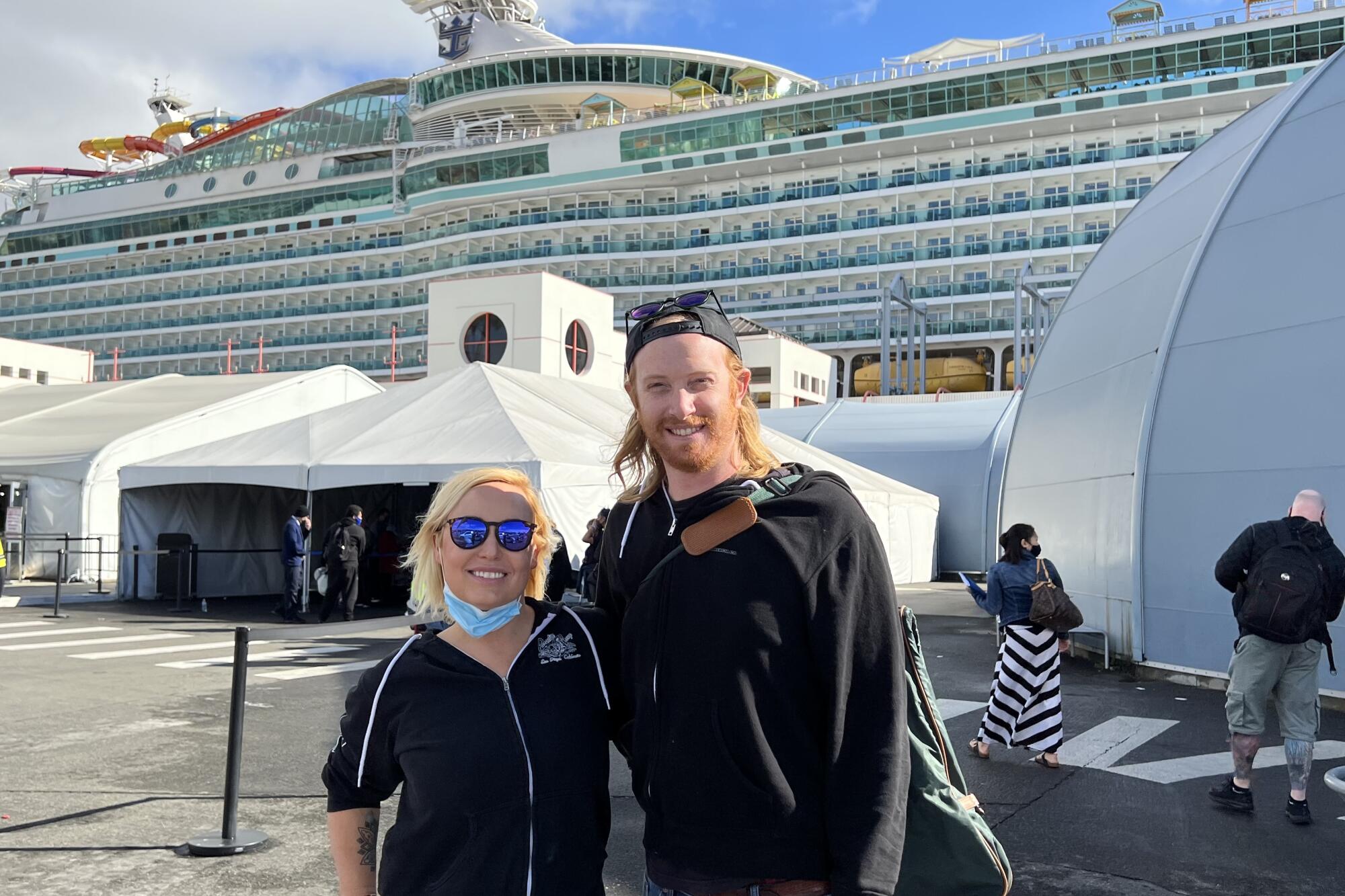
When Christina and Paul D’Amore boarded the Royal Clipper in Barbados early this month for their long postponed Caribbean sailing with friends from North Carolina, they had no misgivings — despite a federal health advisory just two days earlier warning against all cruise travel, even for those fully vaccinated for COVID-19.
Their 227-passenger ship was just half full, they reasoned, and everyone, including the crew, had to be immunized. The La Jolla couple avoided onboard activities and shore excursions, choosing instead to sunbathe on white-sand beaches and snorkel in the azure waters of the Grenadines. They should have arrived home a week ago from their six-night cruise but instead they spent the last seven days quarantining in a 350-square-foot hotel room in Barbados after Paul tested positive for the coronavirus upon disembarking from their ship. Although asymptomatic, he cannot reenter the U.S. until he produces a negative test, which he finally received on Friday.

While a frustrating coda to an otherwise enjoyable voyage, the D’Amores are not wavering from their June vacation plans — a cruise to Alaska.
“We’re not willing for the pandemic to rule our lives as long as we’re healthy,” said Christina, a retired financial adviser who lives in a beachfront retirement community with her husband, also retired. “We’re not going to cower in our apartments, we’re going to live our lives and be smart about it. We feel comfortable about cruising because travel has been part of our lives. I may sound a little Pollyanna but as my dad says, I’m going to live my life until I can’t.”
The Centers for Disease Control and Prevention is warning people not to go on cruises, regardless of their vaccination status, because of onboard outbreaks fueled by Omicron.
Amid an unceasing surge in coronavirus cases raging around the globe, cruise ships — and the passengers they serve — are once again navigating choppy waters following a 15-month, pandemic-induced shutdown that was only lifted last June. Given the highly transmissible nature of the Omicron strain, coronavirus infections are now cropping up routinely on ships despite robust vaccinations and pre-cruise testing; some sailings have been canceled; and a few ports have turned vessels away, including two Holland America ships that last month sailed out of San Diego to the Mexican Riviera.
The Centers for Disease Control and Prevention, which has imposed strict health and safety protocols for cruise ships, currently reports that nearly 90 vessels sailing in U.S. waters are under “investigation” for onboard infections, although the threshold for such probes is particularly low — as few as 0.10 percent or more of passengers or one crew member. The incidence of such infections, though, has been rising rapidly, just as it has on land.
While it’s highly unlikely that the current surge will bring another sudden halt to cruising given the relatively low number of mildly symptomatic cases onboard, it’s fomented confusion and fear among the traveling public. Travel agents report some cancellations and rescheduling of near-term sailings to future dates as people weigh the risk of having to quarantine for days on end. Some of the most ardent fans of cruising, though, say they’re all in for continued ocean-going travel. One local resident told the Union-Tribune she has nine cruises on the books between February and December, with voyages planned to Hawaii, the Sea of Cortez and the Galapagos Islands.

“We feel great and safe going on a cruise!” wrote Karen Feyler of Fallbrook. “Most of the cruise lines require you to wear masks unless actively eating, drinking, on tour buses and in ports of call. And should you forget, staff is there to gently remind you.”
Even as the CDC continues to warn that “the chance of getting COVID-19 on cruise ships is very high, even if you ... have received a COVID-19 vaccine booster dose,” it is allowing its long-standing conditional sail order to expire on Saturday, leaving it up to the cruise lines to voluntarily comply with the strict standards.
With the expiration of the order, don’t assume that cruise lines will suddenly change course on strict safety measures, says Cruise Critic editor Colleen McDaniel. The companies, she notes, can ill afford an even larger surge in breakout cases as a result of relaxed standards.
“The top priority for cruise lines is to get people back sailing safety,” she said. “They certainly don’t want to have any issues on board so will do whatever they can to take measured steps to return to full sailing. With the advent of Omicron, we have seen on our (online) boards people talking about postponing cruises, but it does seem to be a short-term issue.
“The advice we keep coming back to is be flexible. Know that there’s a possibility that your cruise isn’t going to be exactly the cruise you thought it would be.”
Weighing the risks of a honeymoon cruise
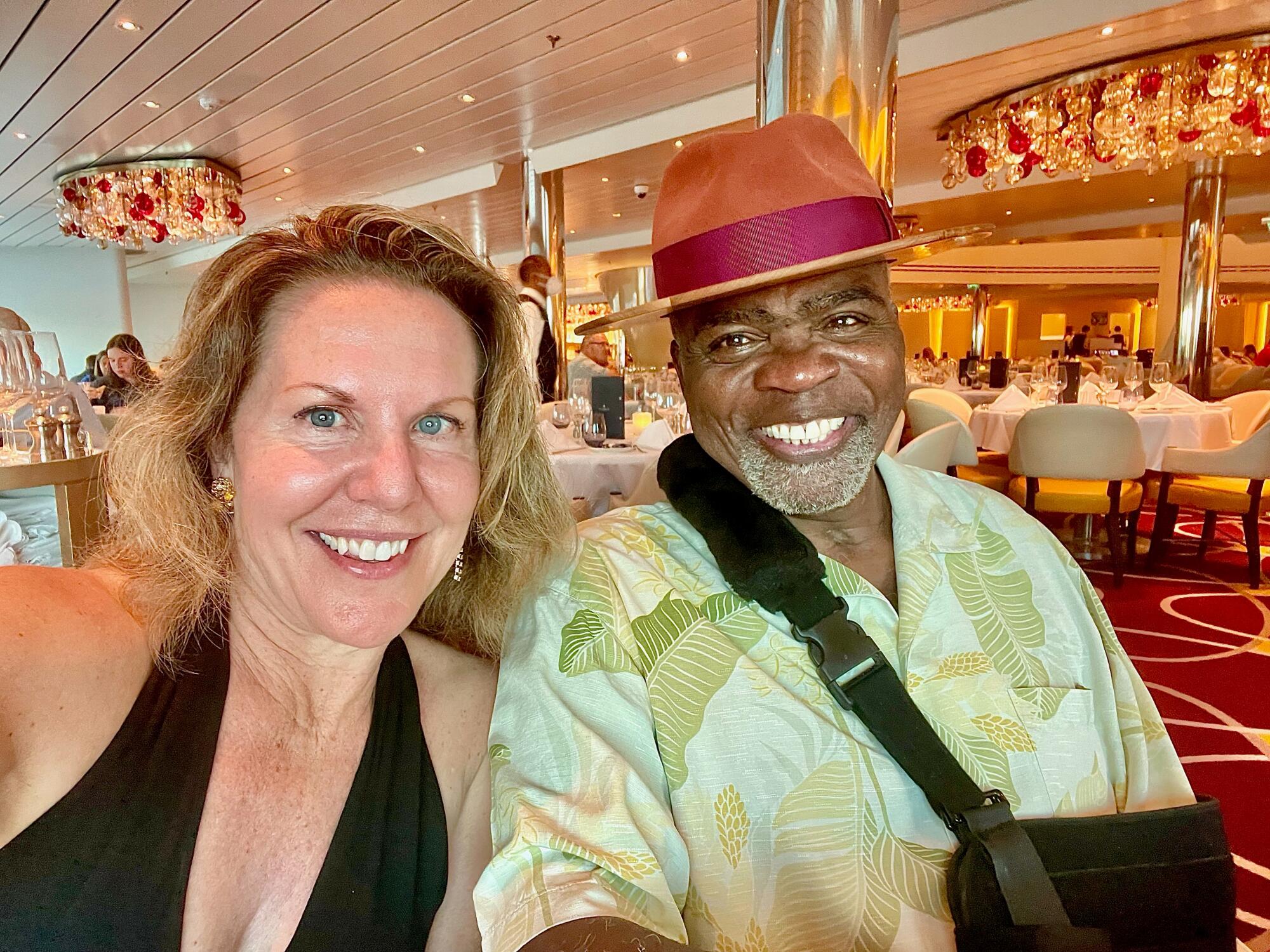
By the time Maurice Orange stepped foot on the Koningsdam gangway the day after Christmas, he had already spent four months in three hospitals and many more months in physical therapy recovering from a near-death motorcycle accident in 2020 that left him with a traumatic brain injury, collapsed lung, pelvic fracture and eventually an amputated left arm. He and his wife of one year, Cheri, knew the risks they faced cruising in the midst of a coronavirus surge, but they also desperately needed a respite from what had been a grueling 16 months.
Armed with 50 disposable masks, face shields, sanitizer and Lysol wipes, the Rancho San Diego couple embarked on their Holland America cruise to Mexico, watching sunrises from the balcony in their cabin, spending time in the casino, but avoiding going on shore excursions.
“We’ve been through a lot of traumatic loss and recovery, and we had finally turned this corner where he was well enough to get on the ship, so it was liberation from all of that,” said Cheri, who is 56. “We felt we needed to relax and have down time without doctors appointments and therapy. It was kind of like a marker that we were on a new path and moving away from what we’d been through.
“It was so beautiful just to be out at sea, it was warm and so awesome to wake up in our cabin to the sunrise.”
Cruise passengers will see a lot of changes on the ship due to the pandemic
Up until New Year’s Eve, the couple would go each night to the ship’s dining room for dinner but after hearing reports that there were some coronavirus cases on board, they decided to take their meals in their cabin for the few remaining nights of their cruise, which they said they didn’t mind doing.
“We acted as if COVID was right outside our door,” Cheri said. “It wasn’t like an issue or a scare. It was just a fact of life.”
San Diegan Terry Williams was less sanguine about her Holland America cruise last month on the Zuiderdam, a 10-day voyage to Mexico that she said skipped a port in Topolobampo following reports of about 30 coronavirus cases on the ship, mostly among the crew. There were about 900 crew members and 1,200 passengers on the half-full ship, she said. (Mexico has since announced that ships with breakout cases will still be able to dock in its ports, and people who have no symptoms will be able to disembark.)
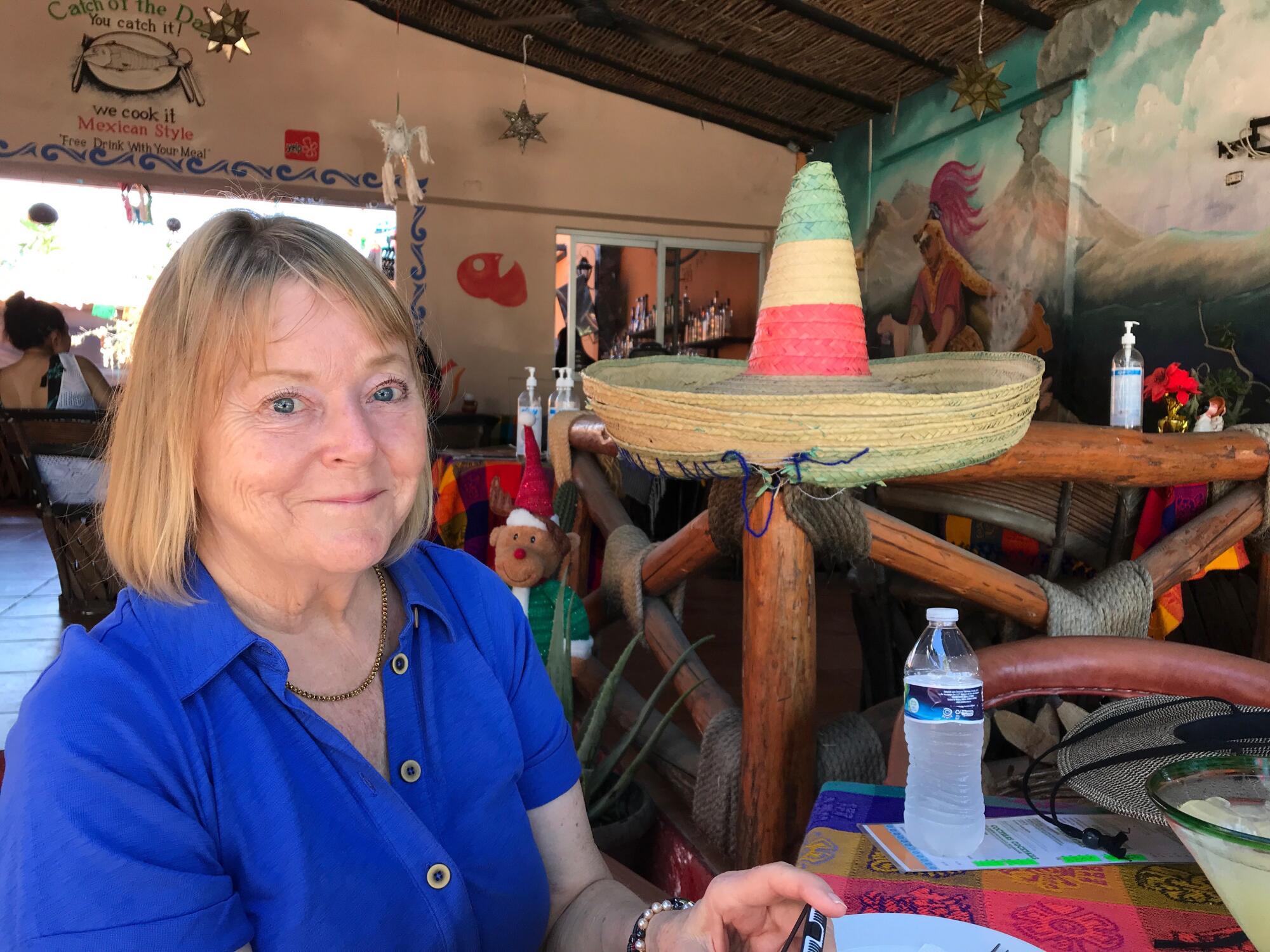
It was a vacation she and her husband Tom had been planning to take since last January and while aware of the risks, they decided to stick with their plans but be careful while on board. They were joined by her husband’s 86-year-old aunt.
Williams is not upset about the coronavirus cases themselves but by what she says was a lack of transparency by the ship captain and cruise director, who she said were unwilling to answer passengers’ questions about the breakout cases.
“Before we got into San Diego, we found out two people who had COVID on board were two suites from us. I would have loved to have known that,” she said. “When we got off the ship, still not a word from the captain, like what should we do. It was just as if nothing happened. My feeling is they acted like the boat and Holland America were more important than the passengers.”
While Holland America did not comment specifically on Williams’ experience, it did explain its procedures when passengers or members of the crew are infected with the coronavirus while on board. To date, the number of such cases has been “minimal,” the line says, and most of the infected individuals show no or only mild symptoms. As required by the CDC, rooms are reserved for quarantining those who are infected and tests results are reported daily but the cruise line says it does not divulge specifics in order to protect privacy.
Diary of a comedian trapped on cruise ship quarantine
For those who have to quarantine, Holland America says it provides a credit for future cruising to make up for the days missed and covers medical costs while on board, as well as hotel and food expenses if quarantine is required shoreside.
In the wake of the accelerated rate of coronavirus cases on land, Holland America more recently has moved to providing — and requiring — surgical or KN95 masks by guests, strongly recommending booster shots for all passengers, and aggressively boosting its crew.
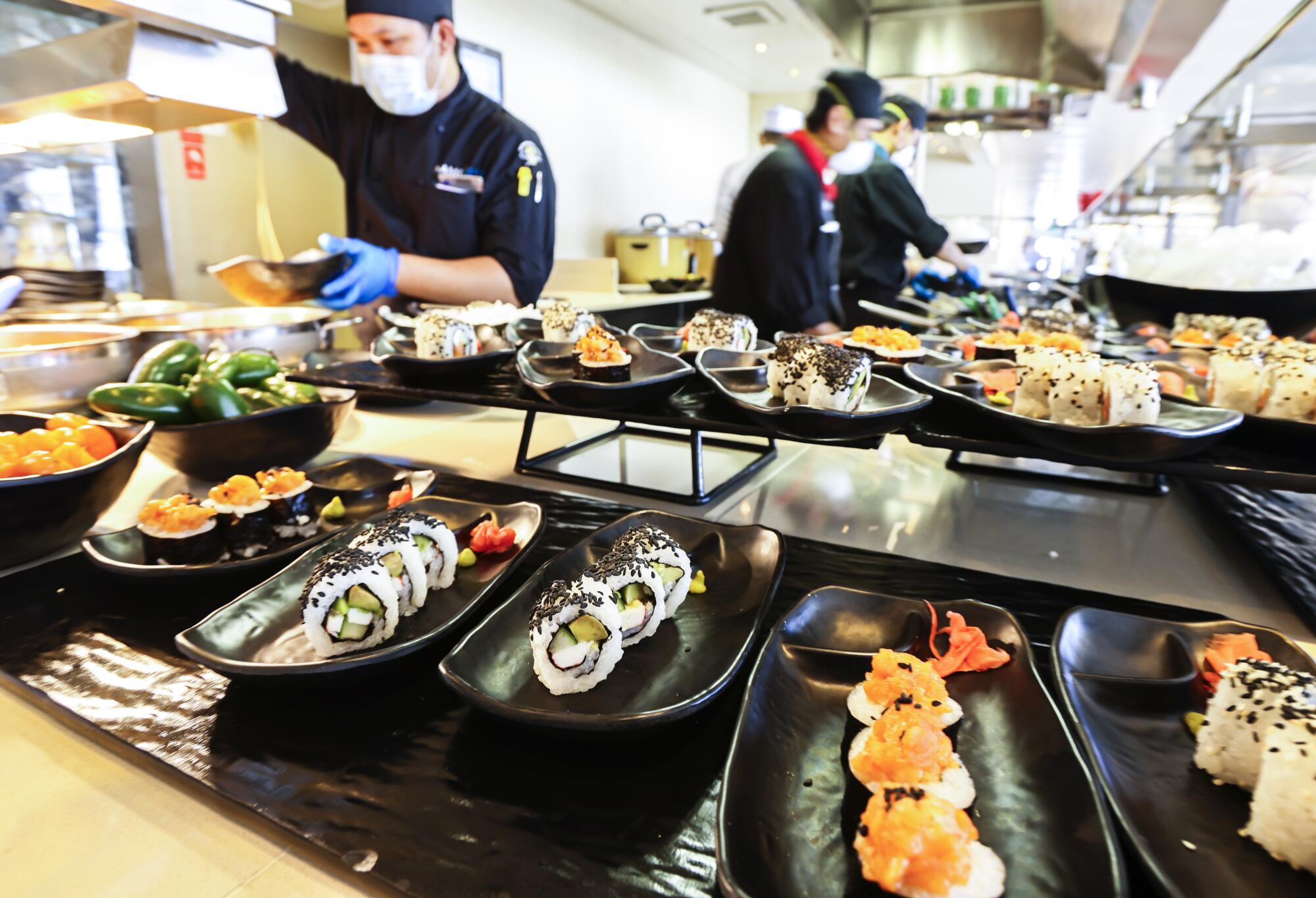
“Cruise ships offer a highly controlled environment with science-backed measures, known testing and vaccination levels far above other venues or modes of transportation and travel, and significantly lower incidence rates than land,” said Holland America spokesman Erik Elvejord.
He noted that the line has so far “safely sailed” 17 voyages with no cancellations and has 17 remaining through April 26. Norwegian Cruise Line, which also sails out of San Diego, canceled five sailings in December and January and has said publicly that the disruptions in its overall schedule have been due to Omicron.
In an announcement this week, the Port of San Diego said that both the Holland America and Norwegian cruise lines, which are the only two lines with calls in San Diego over the next two months, have committed to abiding by the protocols in place under already existing agreements, which go above and beyond the requirements in the expiring CDC sailing order.
Quarantining at sea in a “jail cell room”
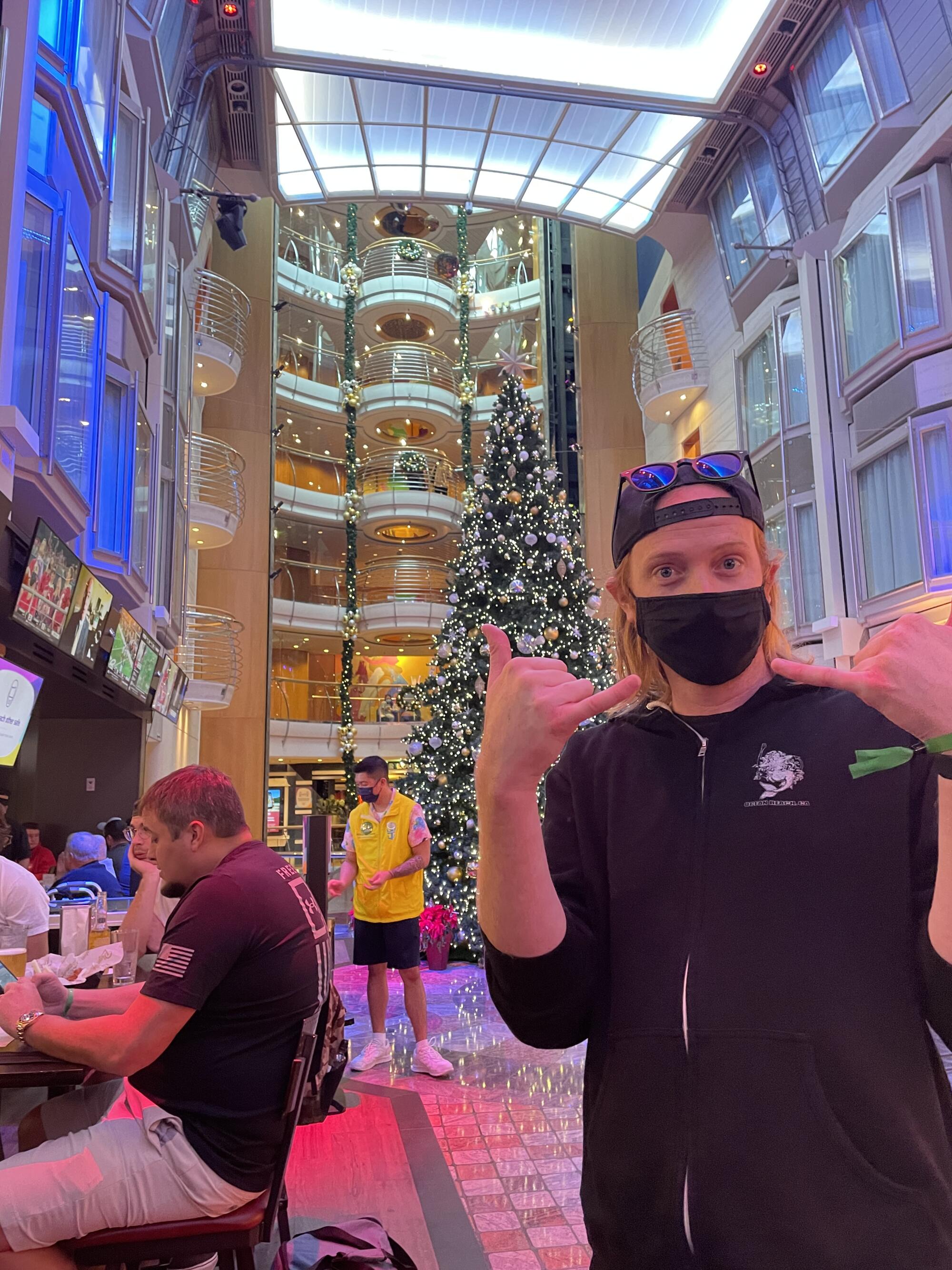
Three days into their seven-day Mexican Riviera cruise on the Royal Caribbean Navigator of the Seas, Jamie Robinson and her boyfriend Scott Bush were forced to trade in their upper-level balcony stateroom for a second-floor cabin with a porthole window that did not open. For the next four days, they would quarantine in what Scott derisively called their “jail cell” after both tested positive for the coronavirus .
Just before moving to their isolation room, three crew members dressed in white bodysuits, gloves, masks, face shields, and hair coverings came to retrieve them and wrapped all their luggage in plastic, Jamie said.
While she initially suffered from chills and body aches, she said her symptoms disappeared within a day and for the remainder of the cruise, which began and ended in Long Beach, the Ocean Beach couple, both in their 30s, remained in their room ordering from the ship’s room service menu three times a day. They passed the time making “goofy” Instagram videos and watching every movie available on the TV in their room — even “Clifford the Big Red Dog.”
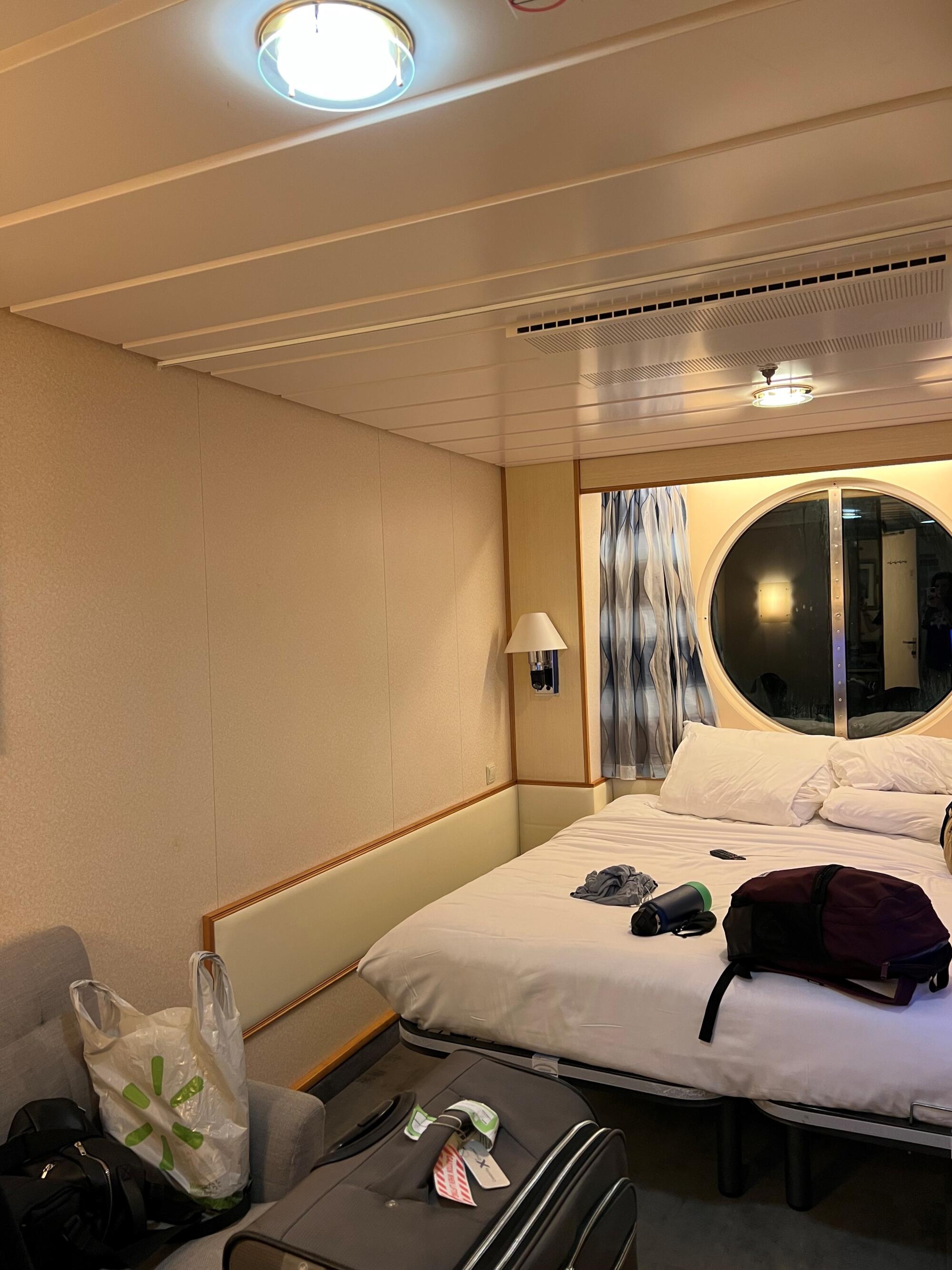
“My boyfriend and I were pretty upset when we were put in that room,” said Robinson, a copywriter for an ad agency. “They told us they put people on this floor because it’s closer to the medical facilities. We were just in there trying to think of ways to entertain ourselves and not piss each other off. We were refunded for the days we were in quarantine, minus tax, but not the initial days.”
Representatives of Royal Caribbean did not respond to multiple emails seeking comment on the couple’s experience.
Asked if she would consider cruising in the future, Robinson hesitated for a moment as she pondered the question.
“I certainly won’t be going on one if COVID remains a remote possibility,” she said. “It was my first cruise ever. I just think a cruise is too confined. COVID just spreads like wildfire in that environment. The cruise thing may be spoiled for me.”
San Diego infectious disease specialist Davey Smith understands the growing anxiety over cruising given what he says is the ease of spreading a viral disease in such an enclosed environment where people are together for a prolonged period. While the cruise line industry argues that a fully vaccinated ship and pre-cruise testing for the coronavirus, along with high-level safety protocols, is in fact a safer environment than many other places, including airplanes, Smith said there have been no scientific studies to support that.
“I like going on cruises but they do have inherent risks because you’re with a bunch of people for a period of time, and a virus can spread through a cruise ship quickly, that’s the way communicable diseases work,” said Smith, chief of infectious diseases at UC San Diego. “It’s really about the time issue that makes the cruise ship more risky.
“I do think within a month or two once the Omicron passes, cruises will feel safer, everything will feel safer again.”

Like others who continue to feed their cruising habit during the pandemic, Wanda Welcher and her nine card-playing friends gladly embarked on a late December cruise on the Koningsdam where they had their own room reserved just for their Pan card games. Welcher said she always felt safe and appreciated how the staff would hand out masks when passengers forgot to wear theirs.
Upon arriving home on Jan. 2, Welcher said she felt fine until much later that evening when she became very fatigued. She eventually tested positive for the coronavirus and is quarantining at home in her downtown San Diego condo. Far from chastened by the experience, Welcher is planning back-to-back cruises in February for two weeks with seven of her friends.
“We go on this because we stay in our cardroom and we don’t even get off in Mexico. If they still have (the cruise), we’re going,” said Welcher, 76.
“I love cruising and they treat us really well,” she said, “and they clean everything so I really felt I was safer there than I am in the grocery store.”
More to Read
Sign up for Essential California
The most important California stories and recommendations in your inbox every morning.
You may occasionally receive promotional content from the Los Angeles Times.
